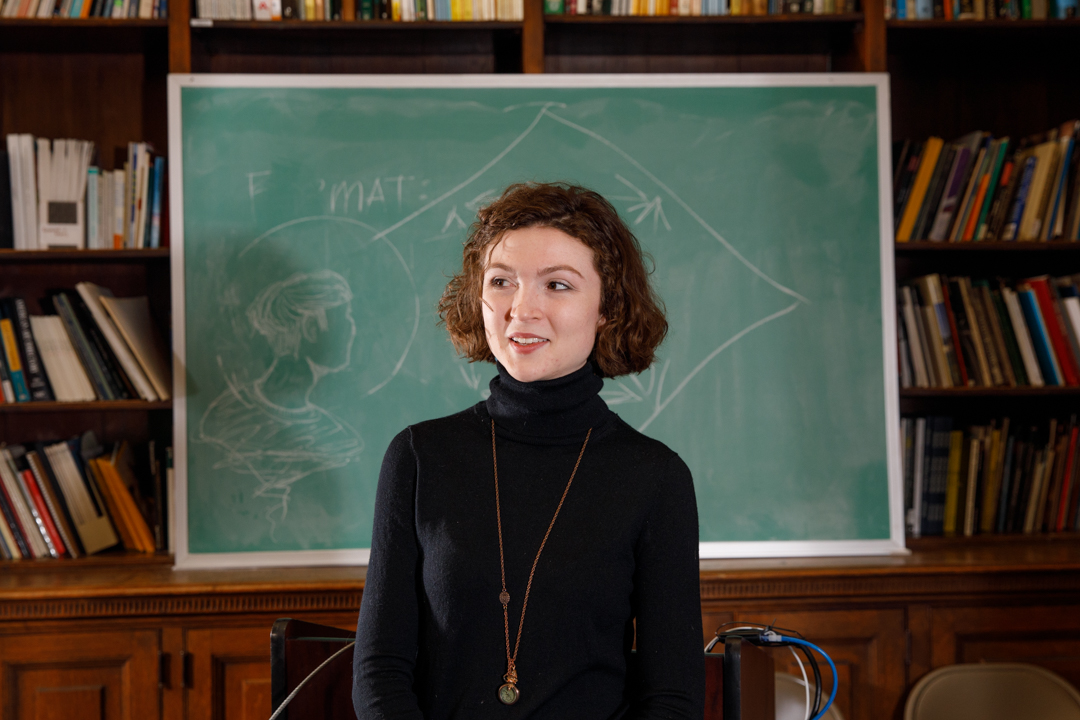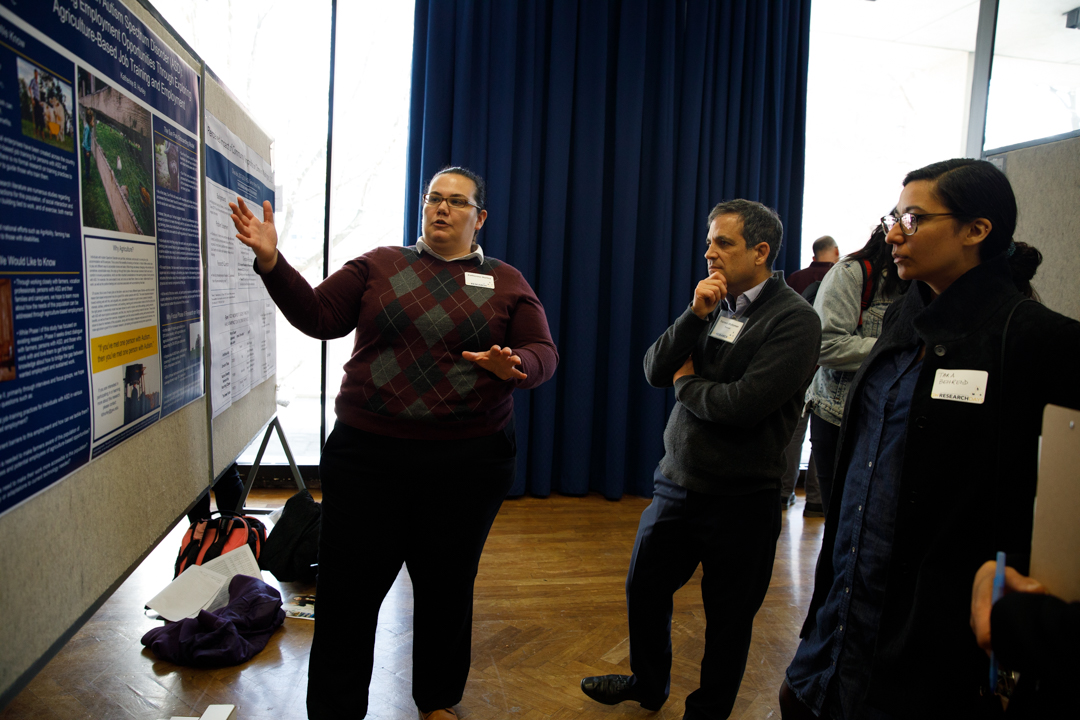By Kristen Mitchell
While humans have an ever-expanding understanding of how the human body works, the brain remains more mysterious to scientists. George Washington University senior Pratik Mistry sought to advance what we know about the brain through undergraduate research.
Mr. Mistry, who is majoring in biomedical engineering with a minor in biophysics, spent the summer working in the GW Nanofabrication and Imaging Center (GWNIC) in Science and Engineering Hall. In the lab he captured and analyzed neurons from the hypoglossal nucleus, which controls movement of tongue muscles. Mr. Mistry looked at dendrites, which grow like tree branches stemming from a nerve cell, to map abnormalities that might contribute to a better understanding of swallowing disorders in children.
“By understanding the properties of dendrites, such as branching and straightness, we gain insight into the complexity and functionality,” he said. “My project over the summer was to capture those and analyze them.”
Mr. Mistry received the Undergraduate Research Award last year to pursue this work and recently presented his findings at Research Days, where he tied for the top undergraduate award for microscopy. His presentation detailed how he looked at hypoglossal neurons in wild and genetically modified animals and found significant morphology differences between the two.
Mr. Mistry started working in the GWNIC as a facilities assistant during his sophomore year, where researchers use the lab’s cutting-edge instruments to take detailed images of cells and other extremely small matter.
A conversation in physics class about how electrical principles can be used to model and predict cell behavior in the brain sparked his interest in the subject. As his passion for neuroscience started to grow, he got involved with research under Anastas Popratiloff. The Undergraduate Research Award allowed Mr. Mistry to continue working in the lab over the summer on a National Institutes of Health-funded project.
Mr. Mistry’s research projects have been very specific, but the technical skills he’s learned in the GWNIC are transferable to other subjects. In the lab Mr. Mistry has used basic widefield microscopy and more advanced confocal microscopy, which is used to get 3D images. He has also learned techniques that will allow him to get the best image in the fastest time, how to use image analysis software and data management practices.
Getting into a lab and acquiring technical skills is critical for students to discover their chosen career paths, Dr. Popratiloff said. Just like an artist doesn’t decide to become a painter before ever picking up a brush, scientists cannot commit to a life of research without attempting it first.
“This is something that can help determine your future, these experiences,” he said. “This is really a transformative experience because you start thinking and putting together your strengths… We cannot make our undergrad students successful based on strong curriculum alone.”
Mr. Mistry is a motivated student who applies what he learns in the classroom to work in the lab, Dr. Popratiloff said. His commitment to finding answers has helped him find success.
Mr. Mistry also presented research on a different imaging project at the School of Engineering and Applied Science’s R&D Showcase in February. He used two different microscopy techniques, light and electron microscopy, to observe the development of a neuron's axon, a fiber that transmits electrical impulses to other neurons. These cells are from an area of the brain involved in sensory input from the jaw.
Getting involved in the lab’s research work, and being able to pursue his own projects, transformed Mr. Mistry’s undergraduate experience.
“I picked biomedical engineering because I wanted to figure out technologies that help people,” he said. “The field is so broad and trying to pick something that you want to do is a challenge. My research has been really helpful in that … being able to work with Dr. Popratiloff, I’ve been able to focus onto this particular subject and now I know this is what I want to do.”
Mr. Mistry plans to pursue opportunities to work as a research assistant or technician after graduation in May, and will apply to graduate school in the future.
To learn more about available research opportunities contact the GW Center for Undergraduate Fellowships and Research.




